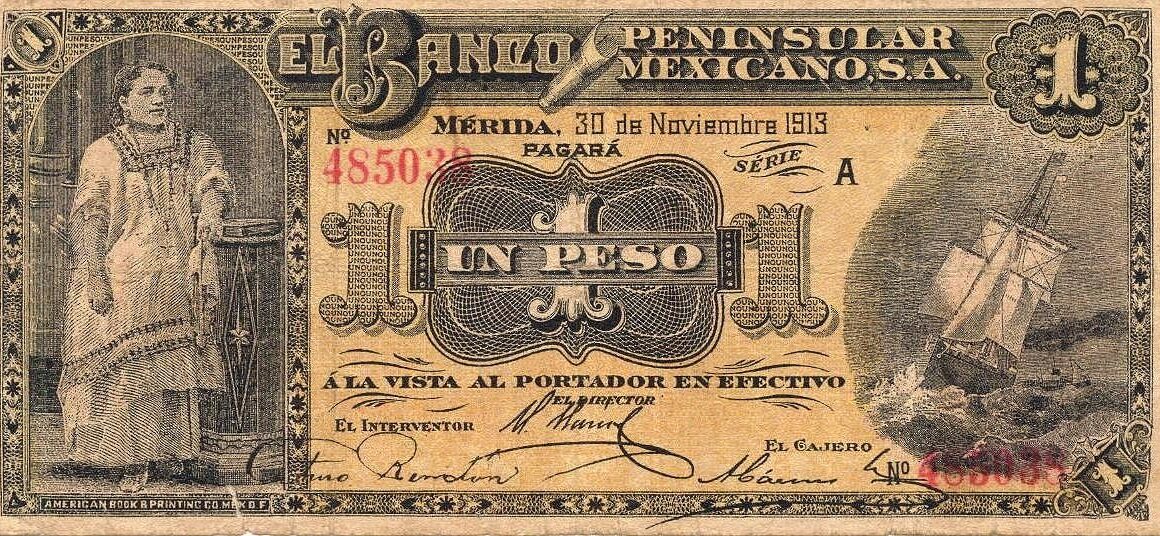Gold. For centuries, it’s captivated humanity, symbolizing wealth, security, and enduring value. In today’s volatile economic climate, understanding gold investment is more crucial than ever. Whether you’re a seasoned investor or just starting to explore alternative assets, this guide will provide a comprehensive overview of gold investment, its benefits, risks, and the various ways you can incorporate it into your portfolio.
Why Invest in Gold? Understanding the Allure
Gold as a Hedge Against Inflation
One of the primary reasons people invest in gold is its perceived ability to hedge against inflation. Unlike fiat currencies, which can be devalued by increased money supply, gold has a limited supply, preserving its purchasing power over time. When inflation rises, the value of currencies often decreases, leading investors to flock to gold as a store of value.
Example: During periods of high inflation in the 1970s, the price of gold surged significantly, demonstrating its effectiveness as an inflation hedge.
Gold as a Safe Haven Asset
Gold is often referred to as a “safe haven” asset because it tends to maintain or even increase its value during times of economic uncertainty, geopolitical instability, or market downturns. When stock markets crash or political tensions escalate, investors often seek refuge in gold, driving up its price.
Example: During the 2008 financial crisis, gold prices increased as investors sought a safe haven from the turmoil in the stock market and the collapse of the housing market. This highlights gold’s role in portfolio diversification and risk management.
Portfolio Diversification Benefits
Including gold in your investment portfolio can significantly reduce overall risk due to its low or negative correlation with other asset classes, such as stocks and bonds. This means that when stocks or bonds perform poorly, gold can help offset those losses, providing stability to your portfolio.
Example: A portfolio that includes 5-10% allocation to gold has historically shown to improve the Sharpe ratio, a measure of risk-adjusted return. This means you can potentially achieve higher returns for the same level of risk, or the same returns for a lower level of risk.
Ways to Invest in Gold: Physical vs. Paper
Physical Gold: Bars, Coins, and Jewelry
Investing in physical gold involves purchasing gold bullion in the form of bars, coins, or jewelry. Each option has its own advantages and disadvantages.
- Gold Bars: These are typically the most cost-effective way to own physical gold due to lower premiums. However, they require secure storage and may be difficult to sell in smaller quantities.
- Gold Coins: Coins are more liquid than bars and can be easier to store. Popular options include American Eagle, Canadian Maple Leaf, and South African Krugerrand coins. Premiums are generally higher than for bars.
- Gold Jewelry: While aesthetically pleasing, gold jewelry often carries high premiums due to manufacturing costs and brand value. It’s generally not the most efficient way to invest in gold.
Practical Tip: Always buy physical gold from reputable dealers to avoid counterfeit products. Check for certifications and ensure proper storage, whether at home in a secure safe or in a professional vault.
Paper Gold: ETFs, Mutual Funds, and Futures
Paper gold refers to investments that track the price of gold without requiring you to own the physical metal. These options offer liquidity and convenience.
- Gold ETFs (Exchange-Traded Funds): These ETFs hold physical gold or gold futures contracts and trade on stock exchanges. Popular examples include GLD and IAU. They offer a relatively low-cost and liquid way to gain exposure to gold.
- Gold Mutual Funds: These funds invest in gold mining companies or track the price of gold. They are managed by professional fund managers but often have higher expense ratios than ETFs.
- Gold Futures Contracts: Futures contracts are agreements to buy or sell gold at a predetermined price on a future date. They are highly leveraged and suitable for experienced investors only.
Practical Tip: Understand the expense ratios and tracking error associated with gold ETFs and mutual funds. Lower expense ratios and minimal tracking error are generally preferable.
Gold Mining Stocks
Investing in gold mining stocks means purchasing shares of companies involved in gold exploration, mining, and production. These stocks can offer leverage to the price of gold, meaning they can potentially outperform gold during bull markets. However, they also carry company-specific risks, such as operational challenges, regulatory issues, and management decisions.
Example: A gold mining company might experience lower production due to a natural disaster, impacting its stock price regardless of the overall gold price.
Factors Affecting Gold Prices
Economic Indicators
Economic indicators such as inflation rates, interest rates, GDP growth, and unemployment figures can significantly impact gold prices. High inflation and low interest rates typically boost gold prices, while strong economic growth and rising interest rates may have the opposite effect.
Example: When the Federal Reserve raises interest rates, it can make bonds and other interest-bearing assets more attractive, potentially leading investors to sell gold and invest in these assets.
Geopolitical Events
Geopolitical instability, such as wars, political crises, and trade disputes, can drive up demand for gold as a safe haven asset. Investors seek security in gold during uncertain times, leading to price increases.
Example: During periods of international conflict, like the Russia-Ukraine war, gold prices often surge as investors seek to protect their wealth.
Currency Fluctuations
The price of gold is often inversely correlated with the U.S. dollar. When the dollar weakens, gold becomes cheaper for investors holding other currencies, increasing demand and driving up prices. Conversely, a strong dollar can put downward pressure on gold prices.
Supply and Demand Dynamics
The supply of gold from mining production and central bank sales, as well as the demand for gold from jewelry, industrial applications, and investment purposes, also influence prices. A supply deficit or a surge in demand can lead to higher gold prices.
Risks of Investing in Gold
Price Volatility
While gold is often considered a safe haven, its price can still be volatile, especially in the short term. Unexpected economic news, geopolitical events, or shifts in investor sentiment can cause significant price fluctuations.
Storage and Security Costs
Storing physical gold can be expensive and requires careful consideration. You’ll need to factor in the costs of secure storage, insurance, and potential transportation fees. Failure to adequately protect your gold could result in theft or loss.
Opportunity Cost
Investing in gold may mean foregoing other potentially higher-yielding investments, such as stocks or real estate. This is known as opportunity cost. It’s essential to consider the potential returns you might be missing out on by allocating a portion of your portfolio to gold.
Counterfeit Gold
The risk of purchasing counterfeit gold is a real concern. Counterfeit gold can be made from cheaper metals and coated with a thin layer of gold, making it difficult to detect. Always buy from reputable dealers and conduct thorough due diligence before making a purchase.
Conclusion
Investing in gold can be a valuable strategy for diversifying your portfolio, hedging against inflation, and providing a safe haven during times of economic uncertainty. However, it’s crucial to understand the various ways to invest in gold, the factors that affect its price, and the associated risks. Whether you choose to invest in physical gold, paper gold, or gold mining stocks, it’s essential to conduct thorough research, consult with a financial advisor, and make informed decisions that align with your investment goals and risk tolerance. A well-considered allocation to gold can provide stability and potentially enhance your portfolio’s performance over the long term.




